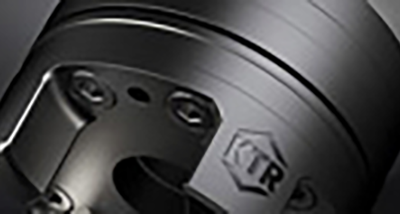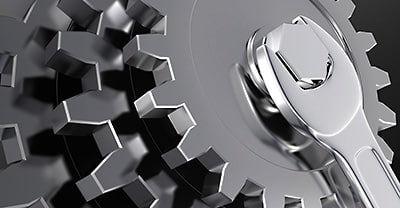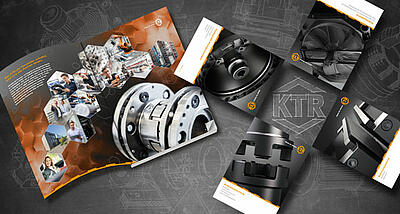The backlash-free safety clutch SYNTEX-NC is an overload clutch with a low weight and mass inertia.
Large borehole diameter and assembly-friendly clamping ring version are further features of the extremely compact overload clutch. Our safety clutches are designed based on a backlash-free and positive locking ball-lock principle that allows high repetitive accuracy and short response times throughout the lifecycle.
Main application fields of our backlash-free safety clutches SYNTEX®-NC:
These overload clutches were specially designed for use in modern tool machines, control and positioning equipment, conveyor systems, textile machines, servo-drives, packaging machines and the special machine construction sector.
Operating principles:
Ratchet design DK: Random engagement after overload case.
After eliminating the overload, the balls engage automatically with the next following ball indentation.
Synchronous model SR: Synchronous engagement after an overload case.
After eliminating the overload, the balls re-engage automatically with the disk springs after a rotation of 360°. Driving and driven side are always placed in the same position to each other. Other degrees of re-engagement, for example 180°, are also possible.
Design:
Information for designing safety clutches:
To ensure that the safety clutch is not released during process-related torque peaks, the switching torque of the clutch should be at least 30 % above the maximum operating torque (see diagram).
Torque limiters and overload clutches that re-engage automatically should be used with reduced speed only after having applied higher release torques. Frequent or longer slipping or engaging increases wear of the safety clutch.
After the torque limiter separated driving from driven side in case of overload, it may take some time before the drive stops due to large inertias in the drive train. This may cause higher wear on the torque limiter and cause the safety clutch to re-engage. That is why we recommend using the safety clutch KTR-SI in an overload design for drives with larger inertias or higher speeds.
We basically recommend electronic monitoring of the torque limiters to disconnect the drive immediately in case of overload. We will be pleased to assist you with technical questions about the selection of torque limiters. For that purpose we dispose of state-of-the-art simulation and calculation programs. Here the principle applies: The more detailed the data provided, the more accurate the calculation results.









